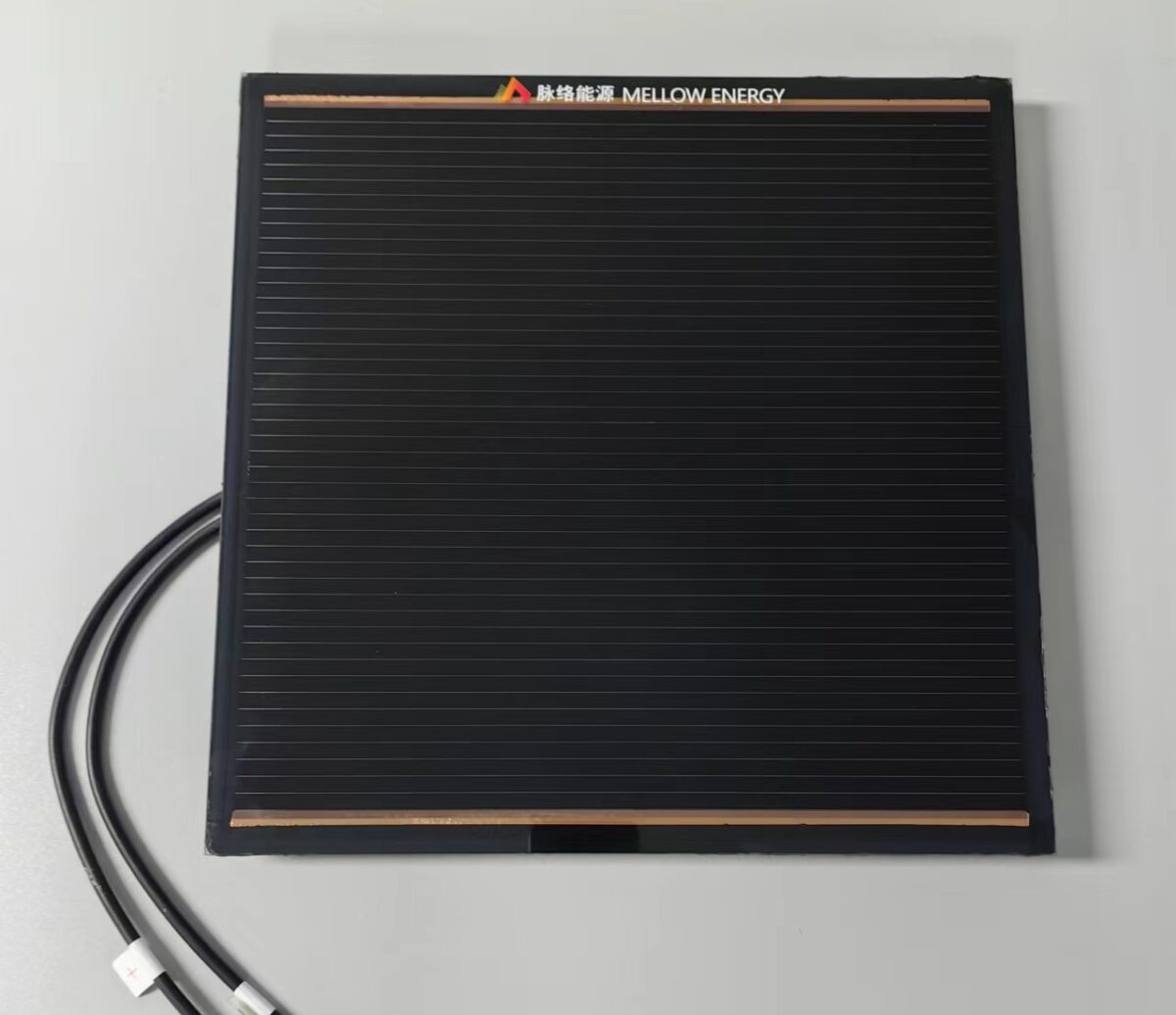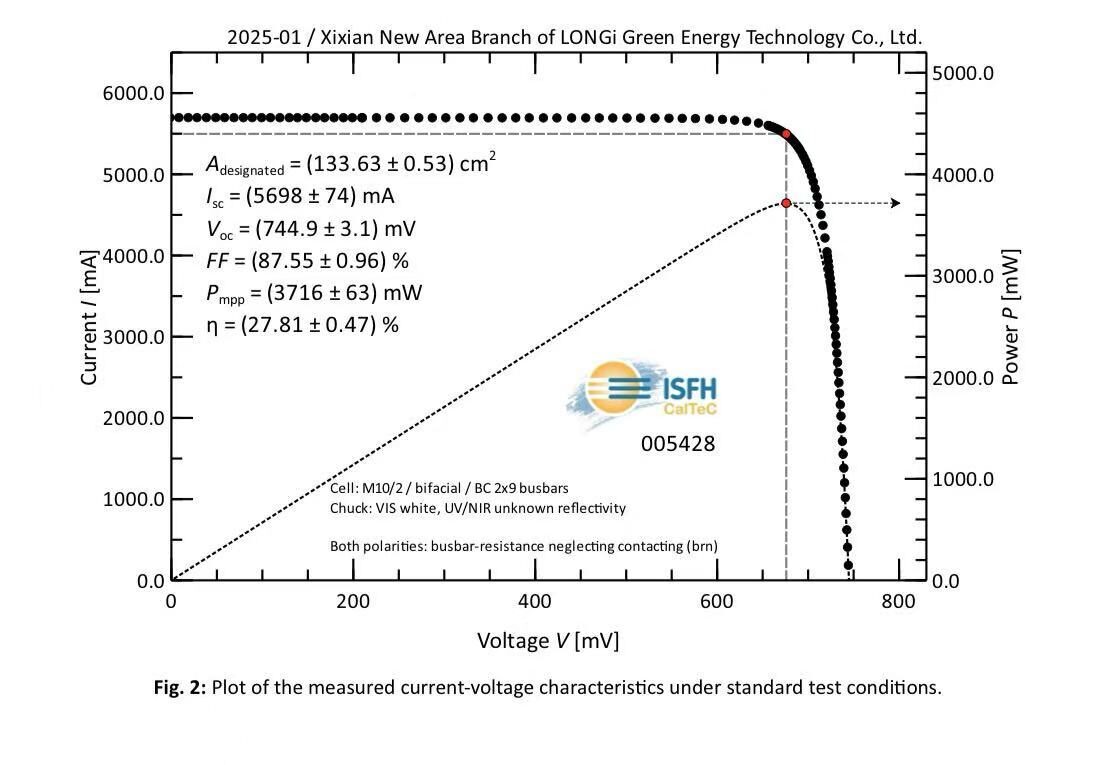China-based perovskite solar cell and module manufacturer Mellow Energy, a spin-off of the Institute of New Energy Technology at Jinan University, has fabricated a monolithic perovskite solar module based on an interconnection technique that reportedly prevents the effusion of volatile components from the perovskite solar cell absorber.
“In monolithic perovskite solar modules, the migration of ions in the interconnect region is a critical factor that affects both efficiency and stability,” Shaohang Wu, a researcher at Jinan University, told pv magazine. “To address this issue, Jinan University and Mellow Energy have proposed an innovative method for in-situ generation of ion barrier layers, resulting in a substantial enhancement in efficiency and stability. This gas-phase treatment technique requires simple equipment, is user-friendly, and eliminates the need for additional coating processes, making it highly suitable for integration into production lines.”
The scientists fabricated the panel with an inverted perovskite cell based on an anti-diffusion layer, a substrate made of glass and indium tin oxide (ITO), a hole transport layer (HTL) made of poly-triarylamine (PTAA), a 3D-2D perovskite absorber hybridized with PoBx species, an electron transport layer (ETL) based on a buckminsterfullerene (C60) and tin(IV) oxide (SnO2), and a silver (Ag) metal. They interconnected the solar cells via P1, P2, and P3 scribes.
They explained that the ETL was deposited on the perovskite absorber via atomic layer deposition (ALD) to inhibit the vertical escape of volatile species. They then applied post-annealing to improve the redistribution and recrystallization of the perovskite composition. The 2D/3D heterostructure is aimed at accelerating the charge extraction at the perovskite/C60 interface and suppressing light-induced halide segregation.
“PbOx materials are directionally generated by selective growth using a gas-solid reaction method,” the scientists said. “And we have confirmed that PbOx can be a good barrier and passivation layer.”
Tested under standard illumination conditions, the solar cell achieved a power conversion efficiency of 21.37%, an open-circuit voltage of 7.195 V, a short-circuit current of 47.15 mA, and a fill factor of 80.89%. The device was also able to retain around 90% of its initial efficiency after 1,184 h.
The solar module and the related manufacturing process were described in the paper “Efficient and Stable Perovskite Solar Modules Enabled by Inhibited Escape of Volatile Species,” which was recently published in Advanced Materials. “This scheme provides a good idea for achieving efficient and stable perovskite photovoltaic modules in industry,” the research group stated.
Another research group at Jinan University recently unveiled a perovskite solar module with an efficiency of 21.07%. This device was fabricated through selective nanosecond-pulse and laser-induced ablation to obtain the high-quality interconnection.
This content is protected by copyright and may not be reused. If you want to cooperate with us and would like to reuse some of our content, please contact: editors@pv-magazine.com.




2 comments
By submitting this form you agree to pv magazine using your data for the purposes of publishing your comment.
Your personal data will only be disclosed or otherwise transmitted to third parties for the purposes of spam filtering or if this is necessary for technical maintenance of the website. Any other transfer to third parties will not take place unless this is justified on the basis of applicable data protection regulations or if pv magazine is legally obliged to do so.
You may revoke this consent at any time with effect for the future, in which case your personal data will be deleted immediately. Otherwise, your data will be deleted if pv magazine has processed your request or the purpose of data storage is fulfilled.
Further information on data privacy can be found in our Data Protection Policy.